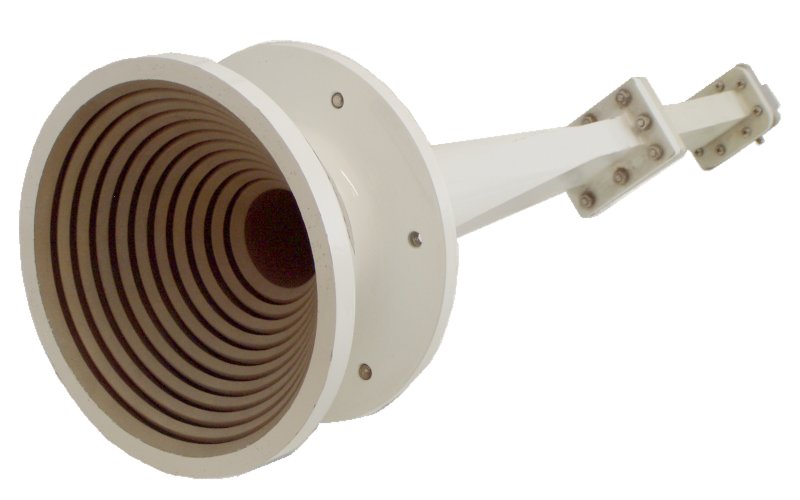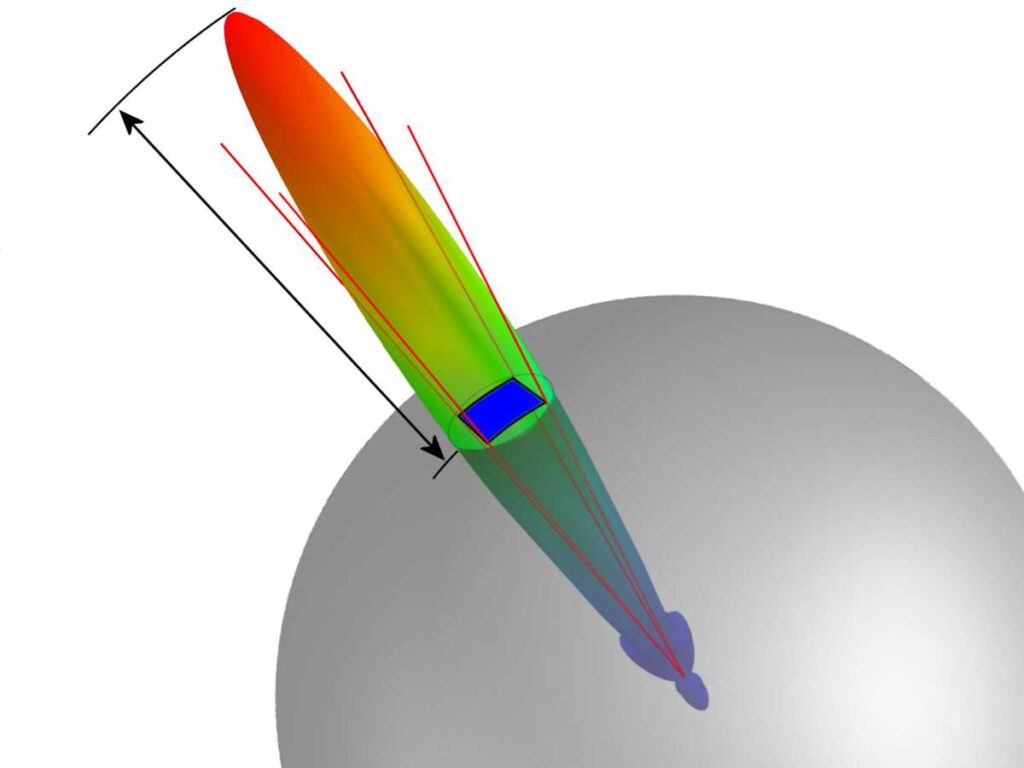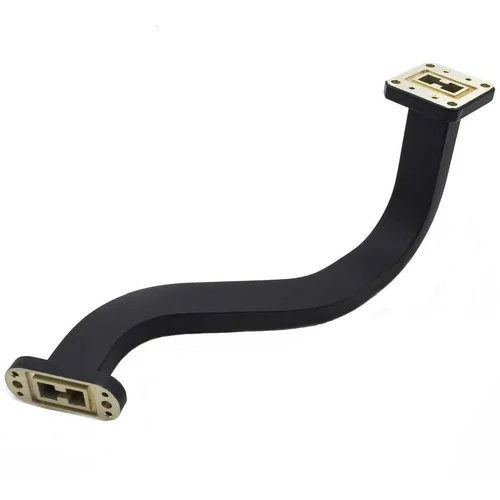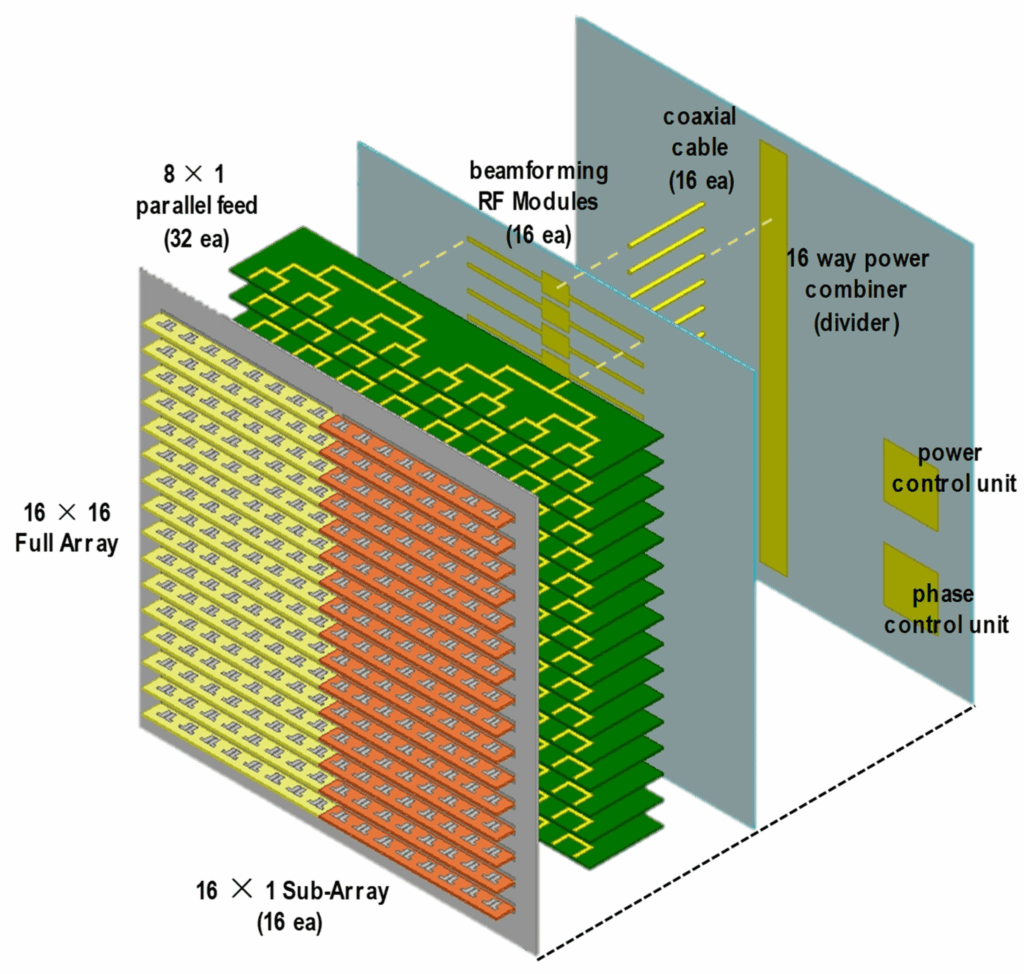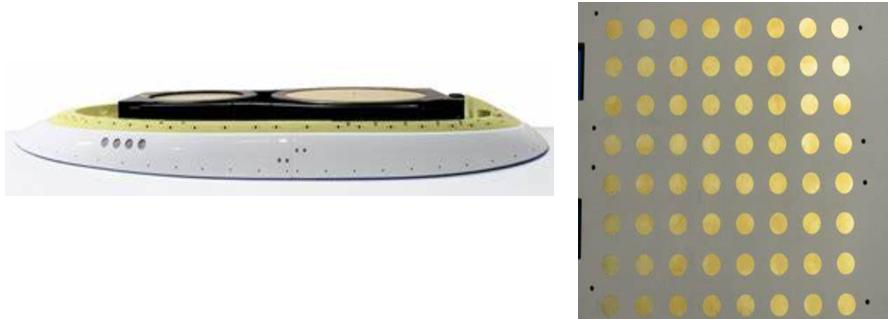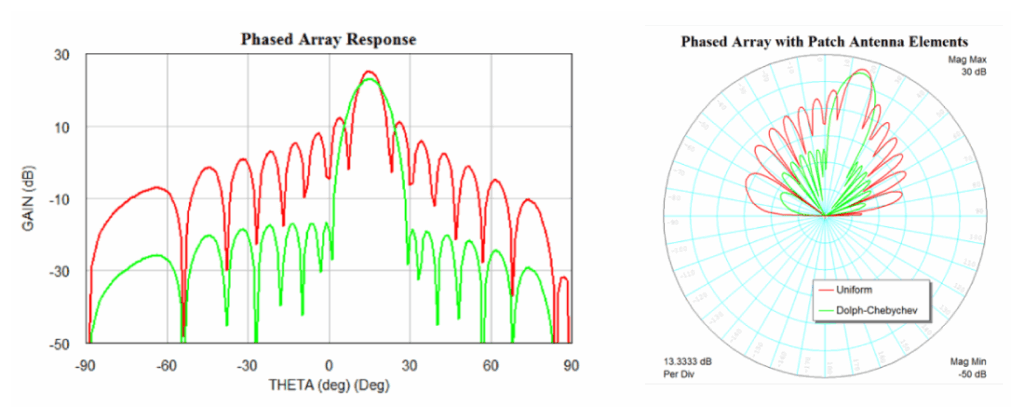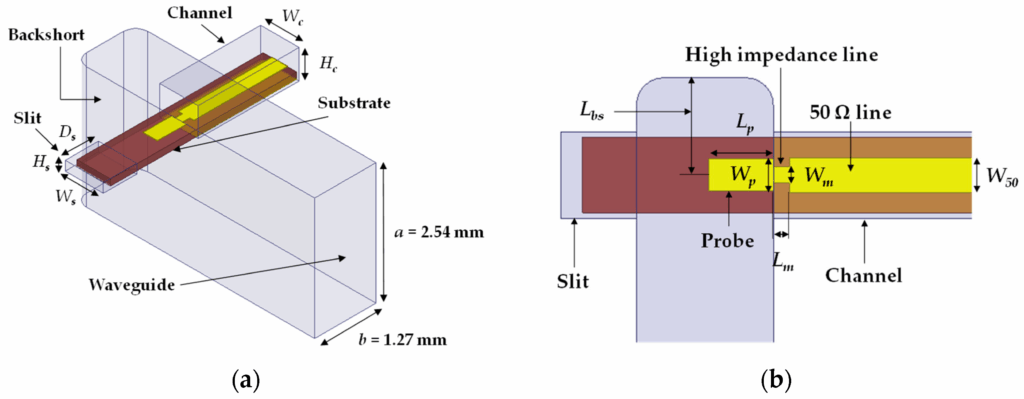What is Antenna Feedhorn | 3 Key Applications
An antenna feedhorn is a crucial component in RF and microwave systems, directing signals between the antenna and receiver/transmitter. Used in 80% of satellite dishes and radar systems, feedhorns ensure minimal signal loss (typically <0.5 dB) and optimal frequency targeting. This article explores its design and three key applications—satellite communication, radar, and radio astronomy—with practical […]
What is Antenna Feedhorn | 3 Key Applications Read More »

